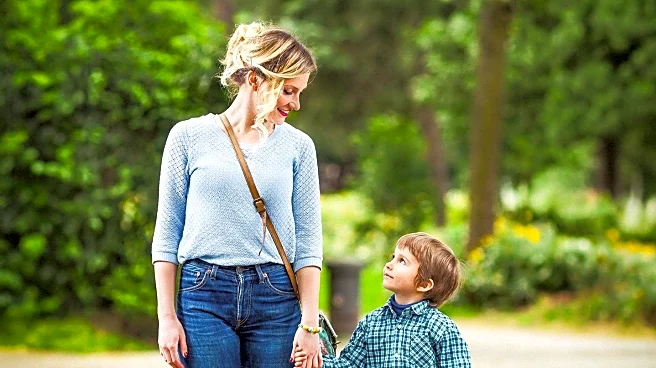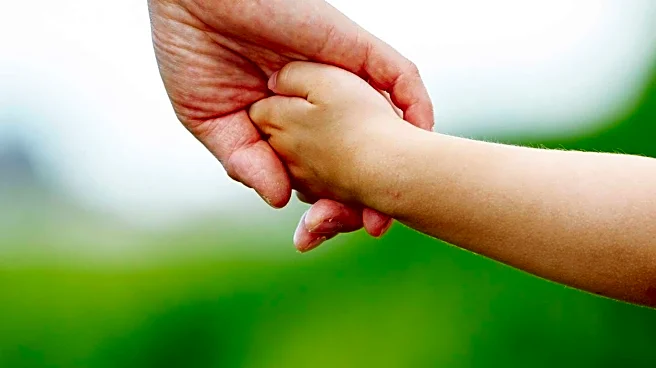What's Happening?
A woman who recently entered remission from leukemia is facing challenges with her daughter, who moved in to assist during her illness but has not contributed to household chores. The daughter, now employed full-time, leaves dirty dishes and laundry for her mother to handle, exacerbating the mother's recovery process. The mother has expressed her desire for the daughter to move out, but her husband disagrees, complicating the situation. The mother seeks advice on how to encourage her daughter to become more independent and manage her own life.
Why It's Important?
This situation highlights the complexities of family dynamics when adult children return home to assist with caregiving. It underscores the potential for tension when expectations about household contributions are unmet, particularly during recovery from serious illness. The mother's struggle reflects broader societal issues regarding caregiving roles and the balance between support and independence. It also raises questions about communication and partnership in marriage, especially when dealing with health-related stressors.
What's Next?
The mother is advised to engage in open communication with her husband to align on their expectations for their home life. This involves understanding his reasons for wanting the daughter to stay and addressing any misconceptions about her presence benefiting the mother's health. The couple may need to have candid discussions to reach a consensus on how to proceed, potentially involving setting boundaries or expectations for the daughter's contributions if she remains in the household.
Beyond the Headlines
This scenario may prompt families to reconsider the roles and responsibilities of adult children who return home for caregiving purposes. It could lead to discussions about the importance of setting clear expectations and boundaries to prevent caregiver burnout and ensure mutual respect within the household. Additionally, it may encourage families to explore external support options to alleviate the pressure on primary caregivers.











